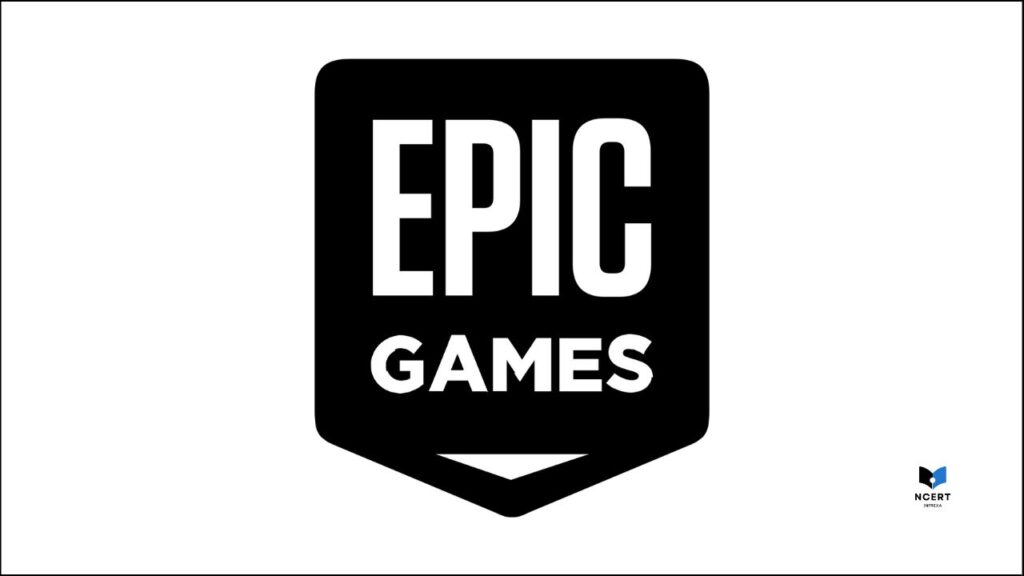Warner Bros. Games has established itself as a leading and respected publisher, successfully translating its vast catalog of intellectual properties from film and television into high-quality video game experiences.
The company is recognized for titles that skillfully adapt major franchises, including DC Comics, Harry Potter, and Mortal Kombat, resulting in some of the most critically acclaimed releases in the industry.
| Company Information | Detail |
|---|---|
| Business Name | Warner Bros. Interactive Entertainment (WBIE) |
| Founded | January 14, 2004 |
| Parent Company | Warner Bros. Discovery |
| Core Focus | Publishing games based on DC, LEGO, and legacy IPs (e.g., Mortal Kombat, Middle-earth) |
The Top 10 Warner Bros. Games of All Time
This ranking focuses on titles developed or published by Warner Bros. Games, highlighting those that made notable contributions through innovative mechanics, technical execution, or successful adaptation of source material.
1. Batman: Arkham City
This sequel successfully built upon the core mechanics of its predecessor, creating a detailed and high-density open-world environment set within a section of Gotham City. The game’s design trapped Batman within a prison zone alongside his primary antagonists, requiring the player to navigate a complex narrative while mastering the refined “Freeflow” combat system.
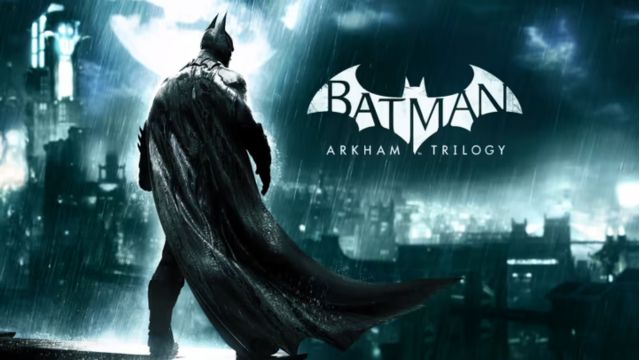
The combination of investigative gameplay, effective stealth mechanics, and highly polished action established a definitive benchmark for licensed adaptations and the superhero genre.
2. Middle-earth: Shadow of Mordor
This title is notable for introducing the Nemesis System, a procedural mechanic that created unique, evolving relationships between the player and specific Uruk enemies. This system allowed minor adversaries to gain rank and abilities based on their interactions, providing a degree of emergent narrative depth that was praised upon release.
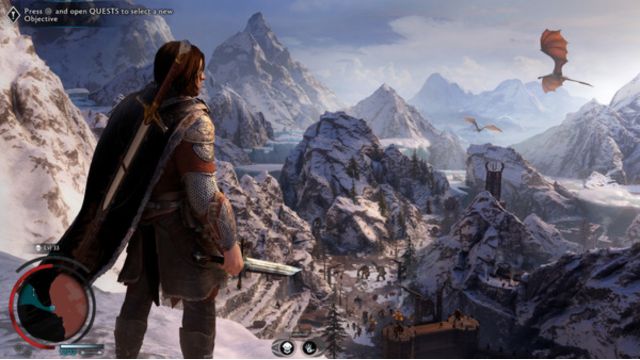
This unique feature significantly impacted open-world design, and the game’s blend of combat and stealth successfully captured the setting of J.R.R. Tolkien’s world.
3. Hogwarts Legacy
Set in the late 1800s, this action RPG provided players with the opportunity to explore the Wizarding World as an original student attending the iconic school of witchcraft and wizardry. The title’s ambition lies in its massive scale, allowing detailed exploration of Hogwarts Castle, the surrounding grounds, and the Scottish Highlands.

The core gameplay involves attending classes, mastering a variety of spells, and engaging in combat tied to a compelling, original storyline set within the established fantasy lore.
4. Mortal Kombat 11
Developed by NetherRealm Studios, this entry delivered a fighting game experience centered on deep, precise combat mechanics and extensive character customization options. The game was highly regarded for its visual polish and its commitment to providing a substantial, cinematic story mode that interwove complex timelines from the series’ history.
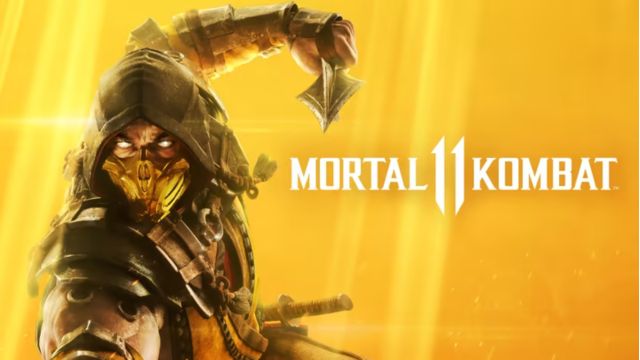
Its technical refinement and focused online systems ensured its competitive relevance within the fighting game community for years following its launch.
5. LEGO Star Wars: The Skywalker Saga
As one of the largest entries in the LEGO video game franchise, this title covers the events of all nine core Star Wars saga films. The gameplay shifted to incorporate more open-world planetary exploration and refined third-person shooter mechanics alongside the signature co-op puzzle-solving.

The game’s vast scope, detailed level design, and humorous retelling of the established film narratives made it a comprehensive celebration of the franchise.
6. Injustice 2
This fighting game, set in the DC Universe, introduced a robust Gear System that provided players with extensive aesthetic and statistical character customization, blending RPG elements with competitive fighting.
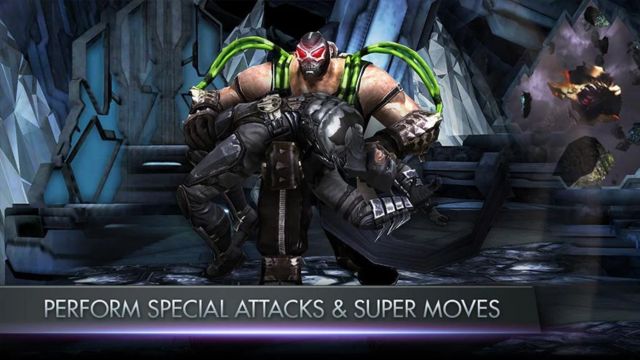
Its story mode was a highlight, utilizing impressive motion capture technology and voice acting to present a high-stakes, dramatic narrative involving the DC roster. It delivered a technically sound and visually engaging competitive experience.
7. Scribblenauts Unlimited
The core innovation of this puzzle game lies in its central mechanic: the ability to summon almost any object by typing its name, which players then use to solve various environmental puzzles. This system of semantic processing allowed for a remarkable degree of creative freedom and unexpected solutions.

The game recognized a dictionary of tens of thousands of objects, each assigned properties that made it a unique and imaginative title.
8. Mad Max
This open-world action title is centered on survival and resource management within the post-apocalyptic Australian wasteland, drawing heavily on the aesthetic of the film series. The primary focus of the gameplay is vehicle customization and visceral vehicular combat, which is crucial for traversing and surviving the massive environment.
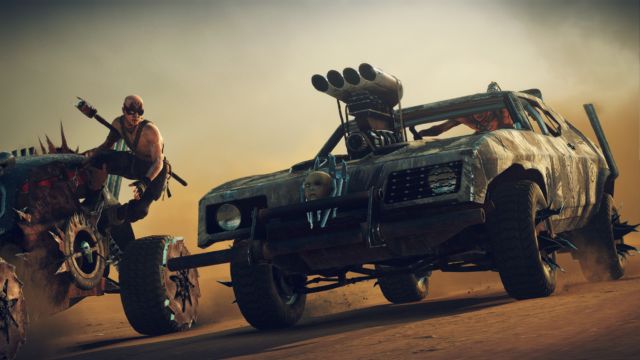
The game successfully created a distinct flavor of post-apocalyptic experience, emphasizing the bond between Max and his car, the Magnum Opus.
9. F.E.A.R. (First Encounter Assault Recon)
Released in 2005, this first-person shooter effectively merged high-intensity action mechanics, specifically the use of slow-motion “bullet time,” with psychological horror elements. The game was technically notable for its advanced enemy AI, which demonstrated realistic communication and flanking maneuvers against the player.
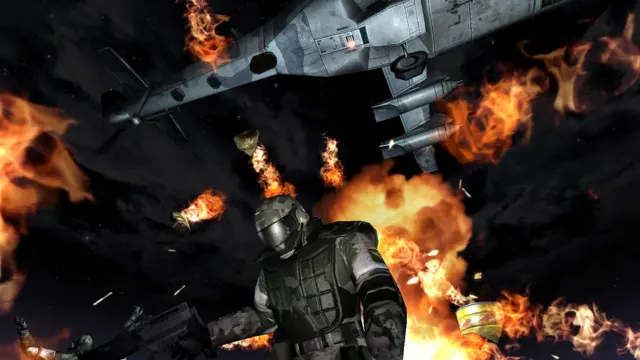
This hybrid approach to the shooter genre created a tense and highly atmospheric experience, distinguished by the unsettling presence of the antagonist, Alma Wade.
10. Mortal Kombat X
This entry served as a modernization point for the long-running fighting franchise, notably introducing the Character Variation System, which gave each fighter three distinct styles of play. The game also included environmental interactions within the stages and advanced the series’ complex storyline 25 years into the future.
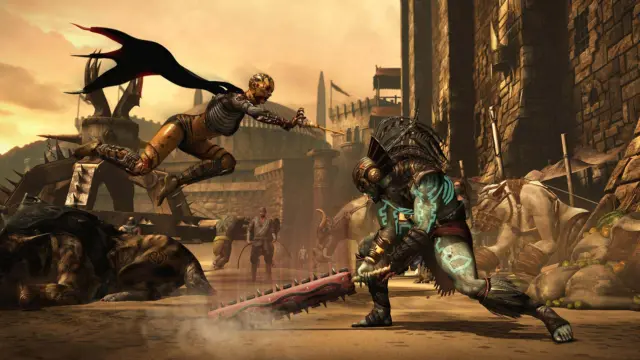
The variation system added significant strategic complexity and competitive depth to the core fighting mechanics.
Frequently Asked Questions (FAQ)
Q1. What is the most critically successful WB Games release?
Batman: Arkham City is generally considered the most critically successful title published by WB Games. It received near-universal acclaim and is frequently cited in critical lists as one of the best action-adventure games of its console generation.
Q2. Who developed the Mortal Kombat games under Warner Bros.?
The Mortal Kombat games, including MKX and MK11, were developed by NetherRealm Studios, which is an in-house studio operating under the WB Games banner. They also developed the Injustice series.
Q3. Does WB Games own the Nemesis System mechanic?
Yes, the Nemesis System, introduced in Middle-earth: Shadow of Mordor, is a patented piece of technology owned by Warner Bros. Games. This system is unique to their Middle-earth titles and its derivatives.
Quick Summary Table
| Rank | Title | Release Year | Primary Developer | Genre | Key Feature |
|---|---|---|---|---|---|
| 1 | Batman: Arkham City | 2011 | Rocksteady Studios | Action-Adventure | Freeflow Combat System |
| 2 | Middle-earth: Shadow of Mordor | 2014 | Monolith Productions | Action RPG | Patented Nemesis System |
| 3 | Hogwarts Legacy | 2023 | Avalanche Software | Action RPG | Open-World 1890s Wizarding World |
| 4 | Mortal Kombat 11 | 2019 | NetherRealm Studios | Fighting | Deep Customization & Cinematic Story |
| 5 | LEGO Star Wars: The Skywalker Saga | 2022 | TT Games | Action-Adventure | Nine-Film Campaign Scope |
| 6 | Injustice 2 | 2017 | NetherRealm Studios | Fighting | Gear-Based Customization |
| 7 | Scribblenauts Unlimited | 2012 | 5th Cell | Puzzle | Object Creation Mechanic |
| 8 | Mad Max | 2015 | Avalanche Studios | Open World Action | Centralized Vehicular Combat |
| 9 | F.E.A.R. | 2005 | Monolith Productions | First-Person Shooter | Advanced Enemy AI & Slow-Motion |
| 10 | Mortal Kombat X | 2015 | NetherRealm Studios | Fighting | Character Variation System |


